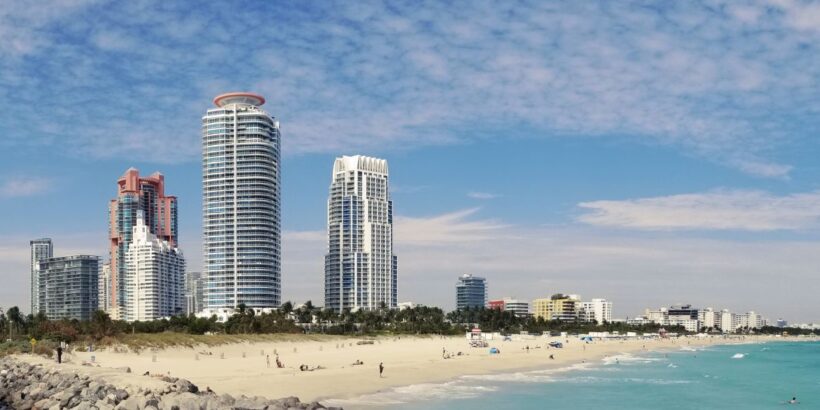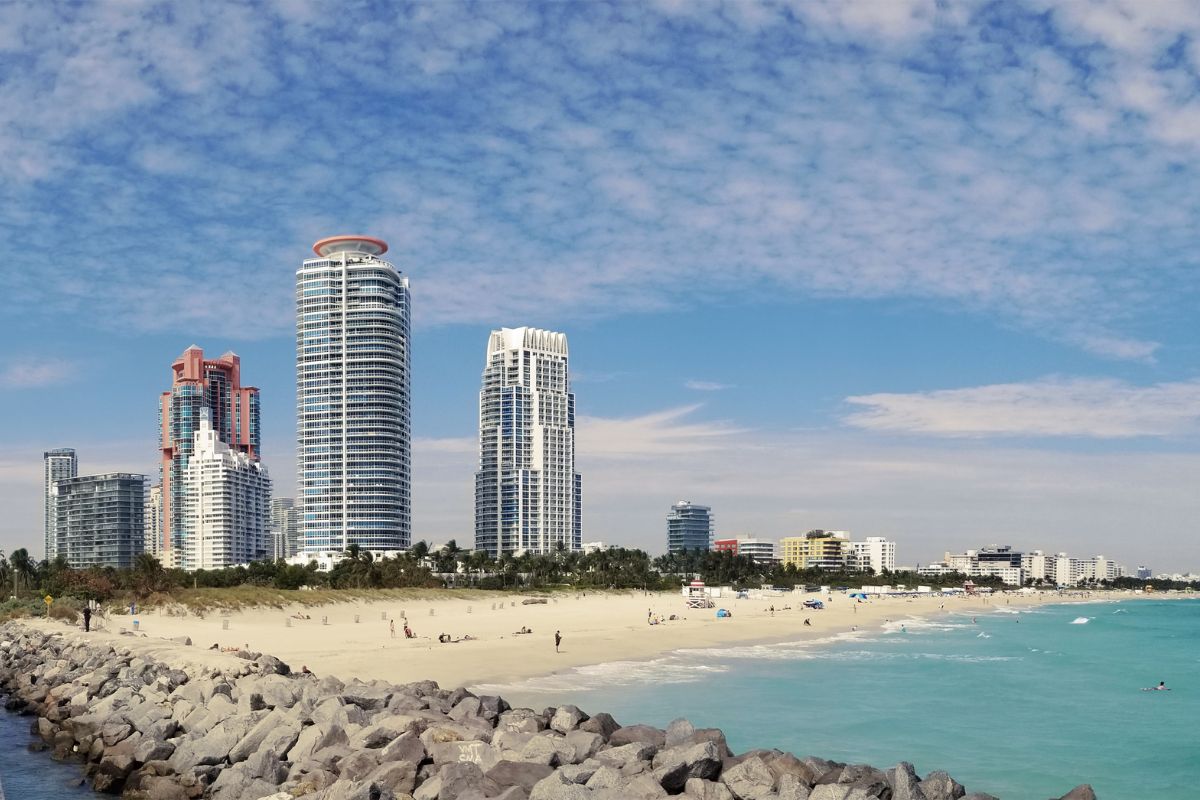As rising sea levels and increased storm activity threaten our coastal ecosystems and infrastructure, shoreline armoring and its environmental implications are coming into question. While these installations can provide immediate benefits by safeguarding properties and preventing land loss, they also raise questions about their long-term environmental impacts and sustainability. In this overview, we will explore the different types of shoreline armoring, how they’re made, how they work, and the ongoing debates surrounding their effectiveness and ecological consequences.
What Is Shoreline Armoring?
Shoreline armoring refers to the various structures built along coastlines to protect against erosion and the powerful forces of waves and tides. In fact, if you’re an avid beachgoer, you may have seen these structures before. These protective measures can come in several forms, including seawalls, bulkheads, and ripraps, each with the ability to absorb or deflect wave energy.
Sea walls are vertical structures of concrete, wood, or steel that are parallel to the shore. They act as barriers between the land and water. Bulkheads are similar but typically have a sloping face on the waterside to better absorb waves. Riprap is a collection of large stones or boulders that workers place along the shoreline in a graded pattern to reduce the strength of powerful waves.
How Are They Made?
As mentioned, you’ll typically see these armors made of materials like concrete, steel, or natural stone, as they are known for their durability and ability to withstand harsh marine environments. The process of crafting shoreline armors often begins with thorough site assessments, where engineers evaluate the specific needs of the coastline.
Once the design is finalized, heavy machinery is employed to install the armoring, ensuring it remains firmly anchored against the relentless forces of nature. Due to the use of flexible and versatile rock lifting tools, ripraps tend to be the most popular, which is good news as it’s one of the most sustainable materials.
How Do They Work?
Shoreline armoring works by acting as a barrier between the coastal environment and the forces of nature, particularly waves and storm surges. For instance, seawalls provide a solid defense against high-energy waves, while riprap, with its jagged stones, dissipates energy more naturally.
The structure reduces the force of oncoming waves, causing the waves to reduce their erosive power. By stabilizing the shoreline, these armoring methods help maintain land integrity and protect invaluable infrastructure.
What Are the Debates Surrounding Their Impact and Effectiveness?
The debates surrounding shoreline armoring are as complex as the coastal environments they aim to protect. Advocates argue that these structures are essential for safeguarding properties and communities against escalating climate threats. On the other hand, opponents highlight the potential for long-term ecological harm and disruption of natural coastal processes.
As a result, engaging local communities in discussions about alternative solutions—such as managed retreats or ecosystem-based approaches—becomes vital. This dialogue is crucial not just for today’s coastal resilience, but for the future of our shorelines and the diverse life they support.
Now that we have a general overview of shoreline armoring and how it works, it’s up to you to join the collection of voices and help decide how best to protect your shoreline.

